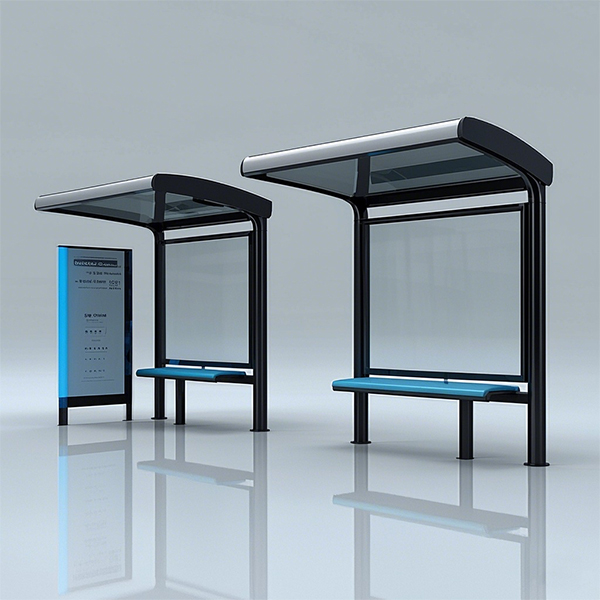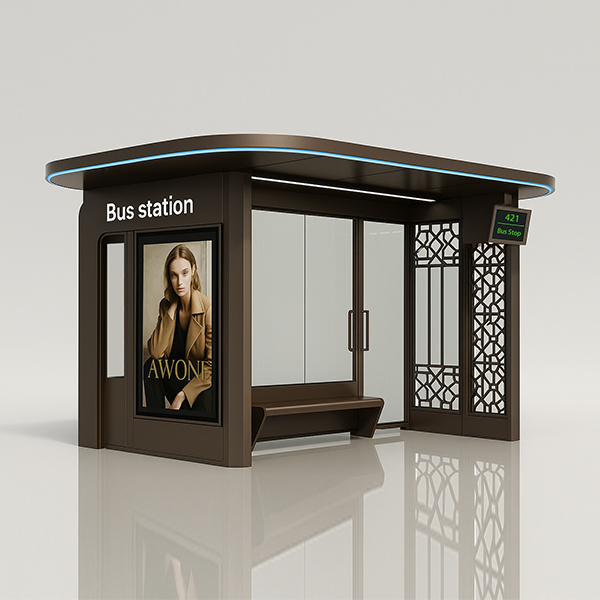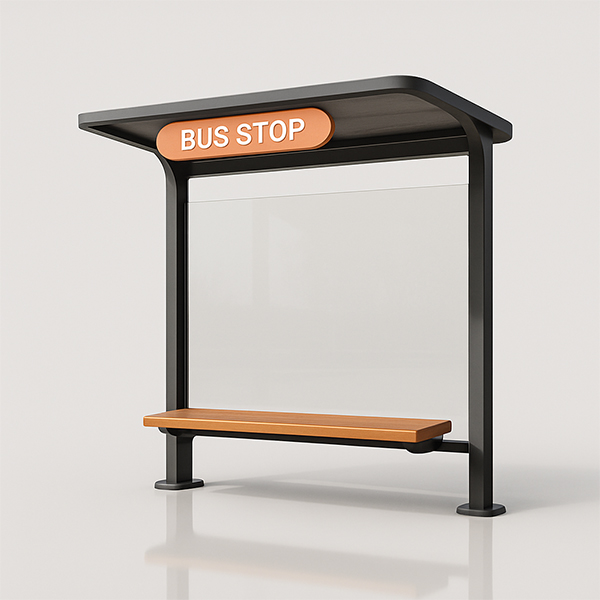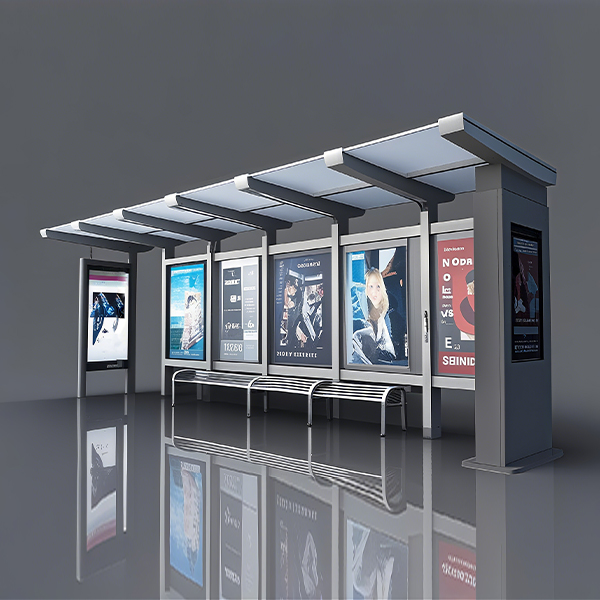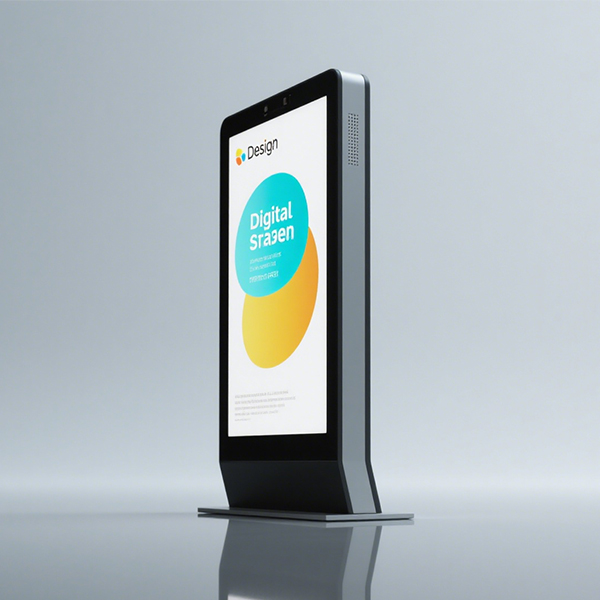
large digital signage
This comprehensive guide explores the key factors to consider when selecting a large digital signage system, from understanding your specific requirements to choosing the right hardware and software. We’ll delve into different display technologies, content management systems, and installation considerations to help you make an informed decision. We'll also examine successful case studies and address common challenges to ensure a smooth implementation.
Understanding Your Needs: Defining Your Goals for Large Digital Signage
Defining Your Objectives
Before investing in a large digital signage solution, clearly define your goals. What do you hope to achieve? Are you aiming to improve customer engagement, enhance internal communications, or boost brand awareness? Understanding your specific objectives will guide your choice of hardware, software, and content strategy. For example, a retail environment might prioritize interactive displays and dynamic promotions, while a corporate setting might emphasize internal communication and wayfinding. Consider factors like audience, location, and desired impact when determining your needs.
Assessing Your Budget and Resources
Large digital signage solutions vary widely in cost, depending on the size and number of displays, software features, and installation complexity. It's crucial to establish a realistic budget early on. Consider factors like ongoing maintenance, content creation, and potential software subscription fees. A detailed cost analysis will ensure you choose a system that meets your needs without exceeding your budget.
Location and Environment
The location of your large digital signage will influence the type of displays you choose. Outdoor displays require higher brightness and durability to withstand harsh weather conditions, while indoor displays can utilize different technologies. The ambient lighting in your space will also impact visibility and readability.
Choosing the Right Hardware for Your Large Digital Signage
Display Technologies: LED, LCD, and More
Several display technologies are available for large digital signage. LED displays offer high brightness and excellent color accuracy, making them suitable for outdoor installations or high-ambient light environments. LCD displays are more affordable and offer a wide range of sizes and resolutions. Consider factors like resolution, brightness, viewing angle, and lifespan when choosing a display technology. High-resolution displays enhance the viewing experience, while a wide viewing angle ensures readability from various perspectives.
Display Sizes and Configurations
The optimal size and configuration of your large digital signage will depend on your specific needs and location. Consider factors like viewing distance, audience size, and the overall aesthetic of your space. Large, high-resolution displays are ideal for capturing attention in high-traffic areas, while smaller displays may be more appropriate for targeted messaging in quieter environments. Video walls and complex configurations can create stunning visual displays but require careful planning and installation.
Media Players and Content Management Systems (CMS)
A reliable media player is essential for running your large digital signage content. Many systems offer integrated media players, simplifying setup and management. Consider the features and capabilities of different media players, such as processing power, storage capacity, and connectivity options. A robust Content Management System (CMS) is crucial for creating, scheduling, and managing your content efficiently. A user-friendly CMS simplifies content updates and allows for remote management of multiple displays. Shandong Luyi Public Facilities Co., Ltd. (https://www.luyismart.com/) offers cutting-edge solutions in this area, ensuring seamless operation and attractive visuals.
Content Strategy and Design for Effective Large Digital Signage
Creating Engaging Content
The success of your large digital signage depends heavily on the quality and engagement of your content. Use high-resolution images and videos, and keep your messaging concise and impactful. Consider using a mix of static and dynamic content to maintain viewer interest. Regularly update your content to keep it fresh and relevant. Incorporate interactive elements whenever appropriate to boost engagement.
Scheduling and Automation
A well-planned content schedule is crucial for maximizing the impact of your large digital signage. Schedule content based on your target audience, time of day, and specific events. Consider using automated scheduling tools to streamline the process and ensure consistent content delivery. This reduces manual intervention and frees up valuable time and resources.
Installation and Maintenance of Large Digital Signage
Professional Installation
Proper installation is essential for the longevity and performance of your large digital signage system. Engaging a professional installation team ensures that your displays are mounted securely and correctly wired. Professional installers have the expertise and experience to handle complex installations and troubleshoot any issues that may arise.
Ongoing Maintenance and Support
Regular maintenance is crucial for keeping your large digital signage system running smoothly. This includes regular cleaning of the displays, checking for loose connections, and monitoring the performance of the media players. A reliable support system is also crucial in case of technical issues or software updates.
Case Studies: Successful Implementations of Large Digital Signage
(This section would contain real-world examples of successful large digital signage implementations across various industries, with specific details about the chosen hardware, software, and content strategy. This information would need to be sourced and verified.)
Conclusion
Selecting the right large digital signage solution requires careful planning and consideration of various factors. By following the steps outlined in this guide, you can choose a system that meets your specific needs and helps you achieve your desired outcomes. Remember to prioritize engagement, clarity, and regular content updates for optimal results.
Соответствующая продукция
Соответствующая продукция
Самые продаваемые продукты
Самые продаваемые продукты-
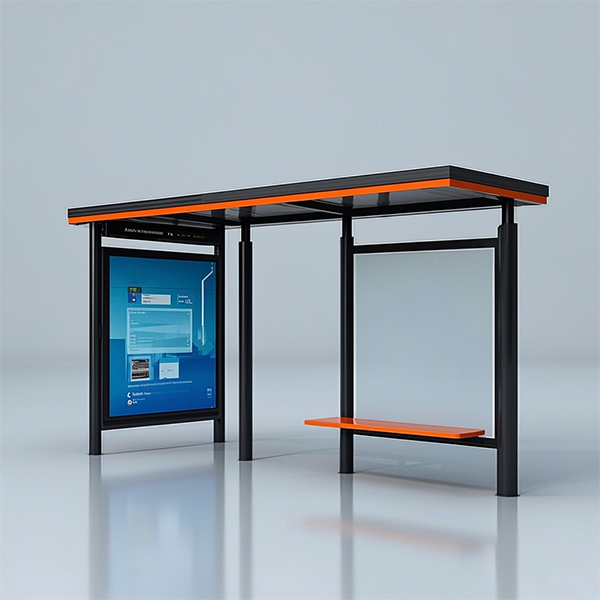 Bus Stop Shelter
Bus Stop Shelter -
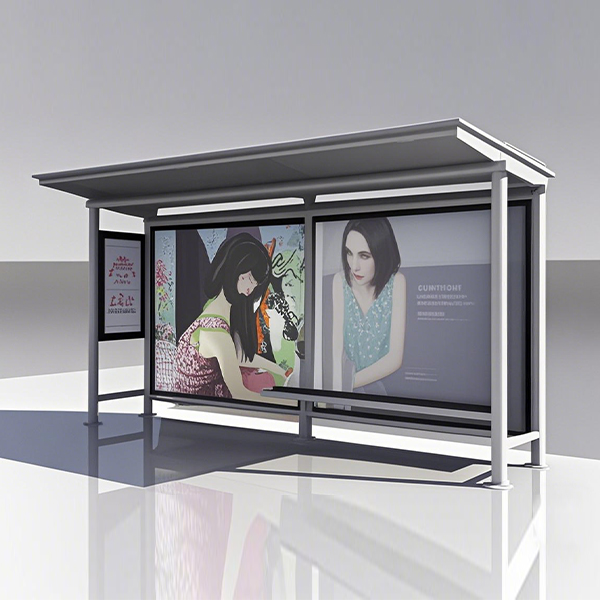 Large Format Advertising Box Bus Shelter
Large Format Advertising Box Bus Shelter -
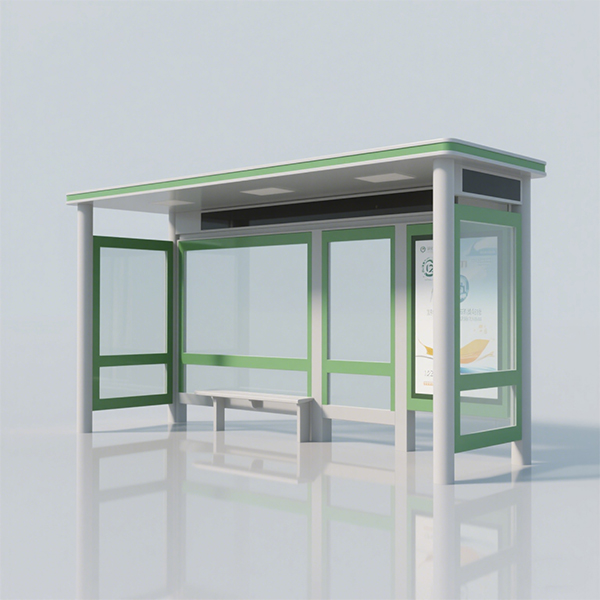 Semi-enclosed Bus Stop Shelter
Semi-enclosed Bus Stop Shelter -
 Semi-enclosed Bus Stop
Semi-enclosed Bus Stop -
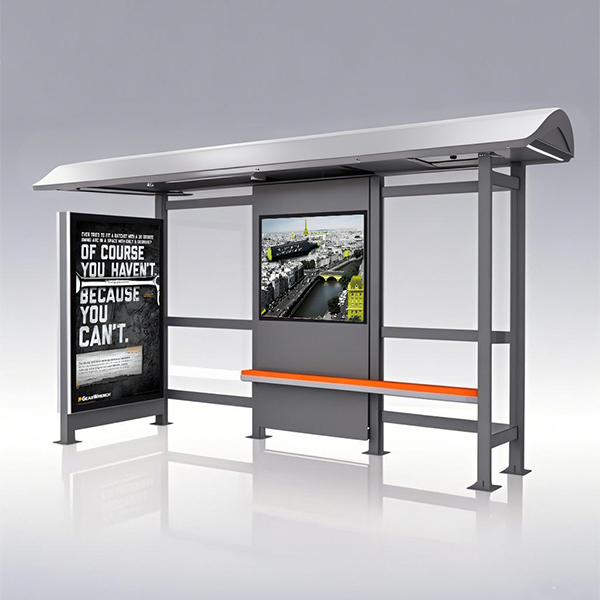 Curved Shed Bus Stop Shelter
Curved Shed Bus Stop Shelter -
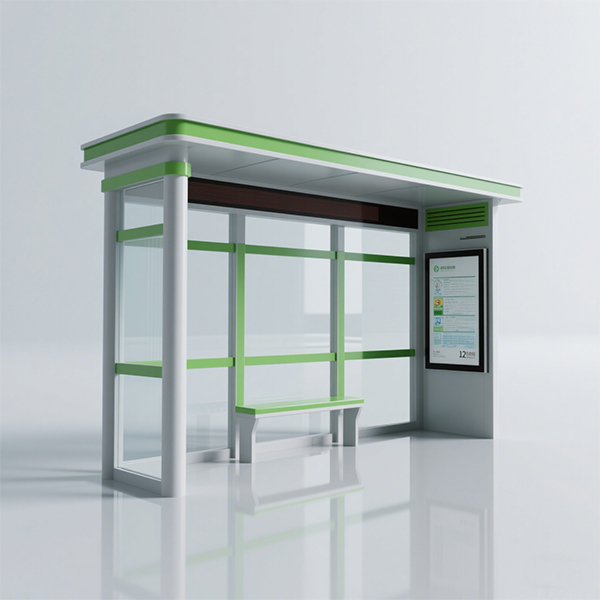 Semi-enclosed Bus Shelter
Semi-enclosed Bus Shelter -
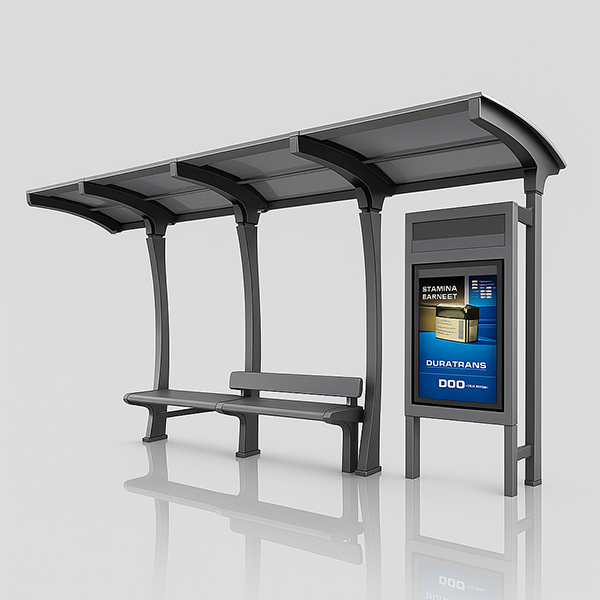 Curved Shed Bus Shelter
Curved Shed Bus Shelter -
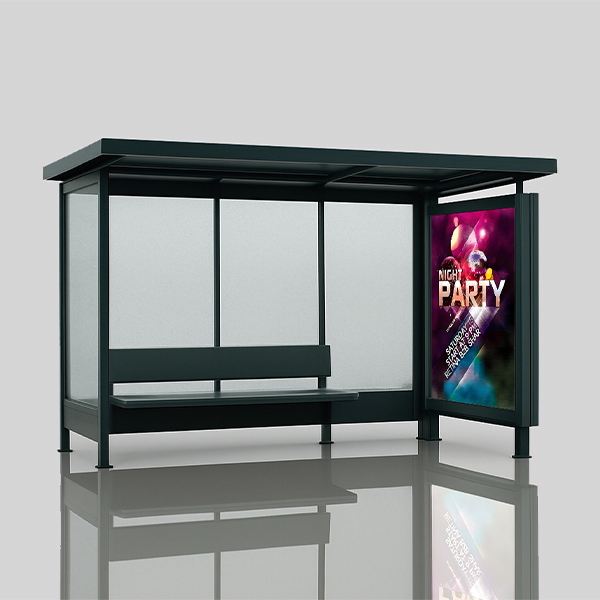 Semi-enclosed Bus Stop Shelter
Semi-enclosed Bus Stop Shelter -
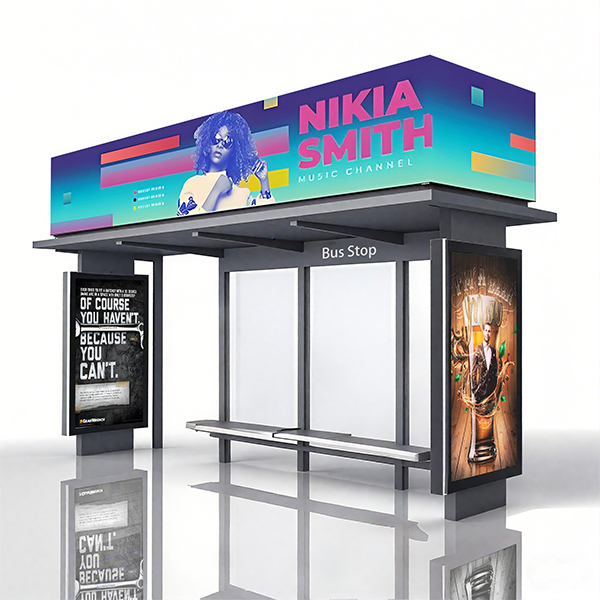 Rooftop Advertising Bus Stop Shelter
Rooftop Advertising Bus Stop Shelter -
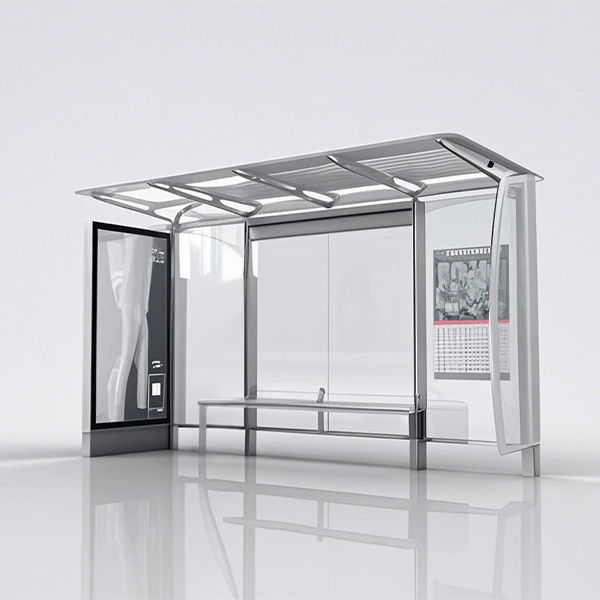 Stainless Steel Bus Shelter
Stainless Steel Bus Shelter -
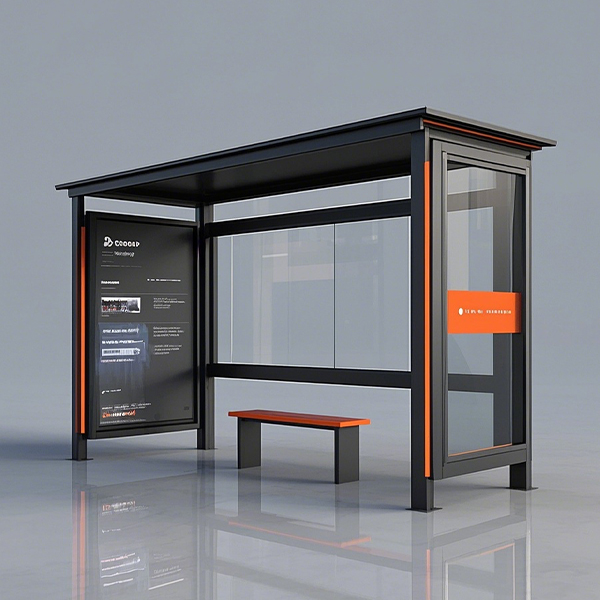 Semi-enclosed Bus Shelter
Semi-enclosed Bus Shelter -
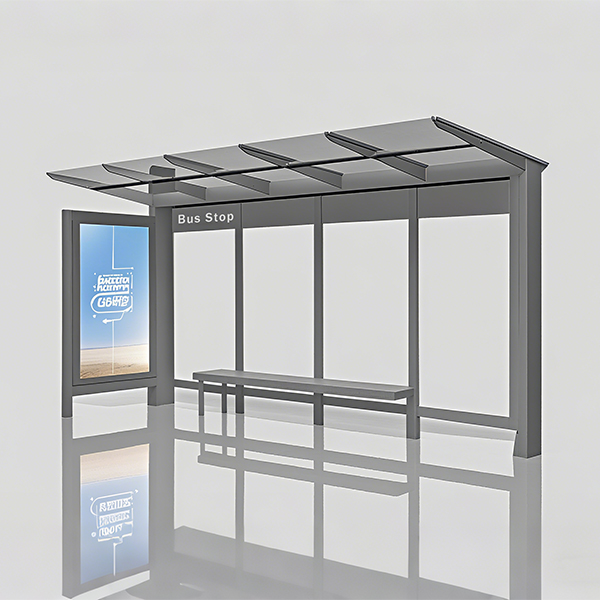 Single Light Box Bus Stop
Single Light Box Bus Stop







